I recently found the video below of my dear, departed Misty, illustrating a classic canine expression of fear, the “whale eye”. In the video she is being circled by a huge Great Dane, both on leash, both set up for me to get a video of facial expressions in dogs. (I should note that both dogs were safe, the session lasted seconds, and Misty shook it off and behaved as if relaxed afterwards. Second note: I still apologized to her afterward. She listened, play bowed and looked for a treat.)
I show it here because it’s such a great example of what Sue Sternberg labeled years ago as “whale eye,” not to mention what I call “tongue flicks” or “lip licks”. (“Whale eye” after an observation made by a friend of an actual whale moving its eyes and not its head to follow the people on a boat.) This expression is a great indicator of distress or fear in a dog, and I’ve never had a better example of it than this video in which Misty communicates how uncomfortable she is about the presence of another dog. I bought Misty as a pup from sheep herding guru Jack Knox, and she grew up to be as sweet as a cinnamon bun to people, afraid of unfamiliar dogs, a bitch to my other female Lassie, and the worst sheep dog I’ve ever had. She panicked at the slightest sign of pressure from sheep, and would bust in and grab the ewe’s ear–always the left one–and hang on for dear life.
But boy was her face expressive, and this is as good an example of whale eye I’ve ever seen. If you’re not familiar with the term, it signifies an expression in which the line of sight of the eye is different than the direction of the head. I call it the “horror movie” look, as when you’re watching a scary scene and turn your head away to the right because you just can’t look, but your eyes go back to the left because it feels too dangerous to not see what is about to happen. That results in a lot of white around the iris, usually on one side or the other of the colored part of the eye.
Watch for whale eye at seconds 8 and 17 and tongue flicks at seconds 4, 10 and 25 in the first half of the video. The entire sequence plays again in slow motion starting at second 31.
Did you also notice how dilated her pupils are, often another good indicator of fear? I’m especially interested in the “tooth display” she does at second 19, because it reminds me of the opposite of a Duchenne smile, in that rather than engaging the rest of the face, the expression is limited to the mouth. We all know not to believe a smile that doesn’t reach the eyes, and Misty’s tooth display feels a bit superficial, as if she doesn’t really mean it. I realize I’m on shaky ground here, imagining what’s going on in Misty’s mind from a simple expression, not to mention asking if she “means it” or not. But still. See what I mean? I’ve seen similar tooth displays in other dogs, whose lips rise up like the quick smile given as a pro forma acknowledgement of an unwanted compliment.
However, all whale eyes do not necessarily a fearful dog make. You see it often in play sequences too, as on the face of this poodle, whose accompanying tooth display is no more a sign of true aggression than a tackle from a professional football player. (Okay, maybe not the best example, given what actually goes on in a game.)
Sometimes it’s hard to use a whale eye as an indicator of a dog’s internal state. Is this pup playing with abandon, or playing with a certain amount of concern about the size of the adult dog’s maw, the better to eat you with Little Red Riding Puppy.
I’ve found that observing whale eye in a dog out of the context of play is invaluable. It’s also ridiculously easy to spot. Once one has learned to look for it, it’s hard to miss. But, as we all know, most dog owners don’t know to look for it. How many people have been bitten by not noticing a dog turning away his head but moving the eyes back to not lose sight of “danger”?
If you’re interested in learning more, Barbara Handelman, in her book Canine Behavior, A Photo Illustrated Handbook, does a great job illustrating whale eye and tongue flicks in a variety of situations. I have a substantial section on it too in my day-long seminar, Lost in Translation. I’d love to hear your experience with it, in regard to your dog(s) or the dogs of others.
MEANWHILE, back on the farm: It may be grey and drizzly outside today, but we’ve had some lovely days of sun and warm weather (40’s!). Right now I’m all about light–taking a page from hygge and emphasizing coziness, light and warmth. From candles to Christmas trees, I’m working on enjoying the season rather than fighting it. Yesterday we went to our favorite place to cut our own tree, Summer’s Christmas Tree Farm and brought back a fraser fir.
There’s nothing light or cheerful about this next photo of saws that customers pick up to cut their own tree, but I still rather like it.
Jim got the lights on the tree when we brought it home (for which he gets lots of points, my least favorite part), and I got to add the ornaments. Every one is special, from the glass “candies” that my sister Wendy brought me from Italy, to a woolen angel from a friend, to a glass ornament from my mother years ago. Most of the ornaments are of birds, dogs or sheep (although you’d never know from the photos here!)
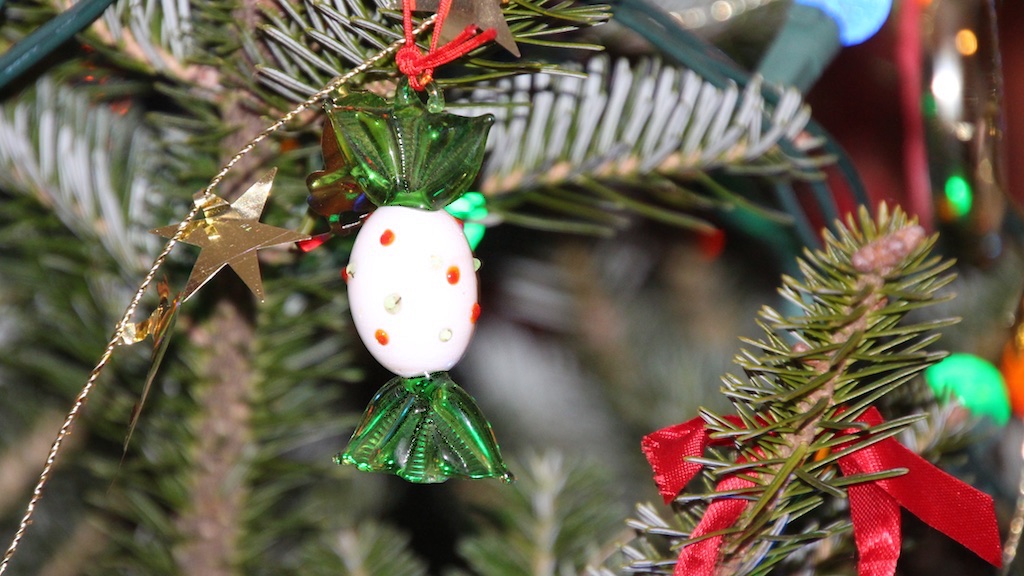
Soon I’ll be ornamenting my friend’s stomachs with these lemon and blueberry scones. My holiday baking has started: Butternut Squash soup, scones, homemade rolls, Nanking cherry jam, and Jim’s famous Christmas cookies will be coming to our friends soon. I’m buying less, cooking more, feels wonderful.
I’d love to hear more about your experience with “whale eye,” not to mention what you’ll be cooking this holiday season. And eating . . . just saying.
Poop4U Blog
via www.Poop4U.com
Trisha, Khareem Sudlow
 Reviewed by BruceDayne
on
December 09, 2019
Rating:
Reviewed by BruceDayne
on
December 09, 2019
Rating:

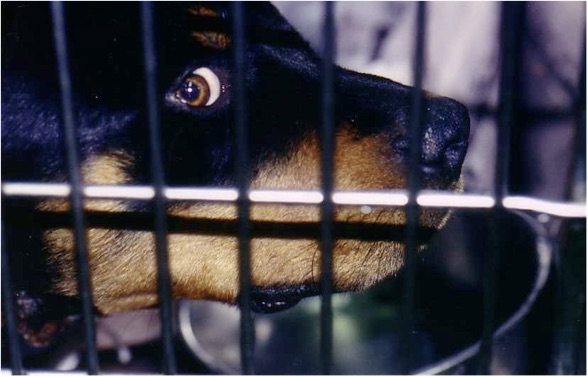
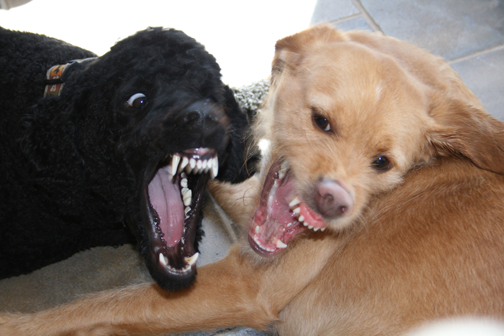
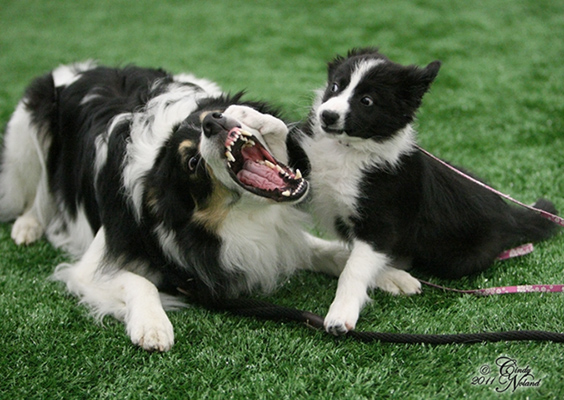
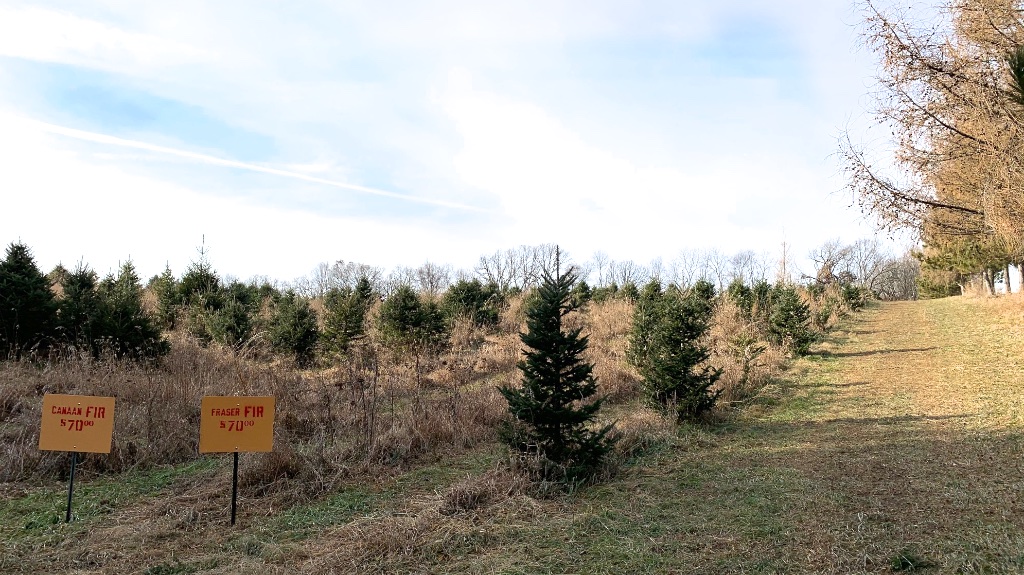
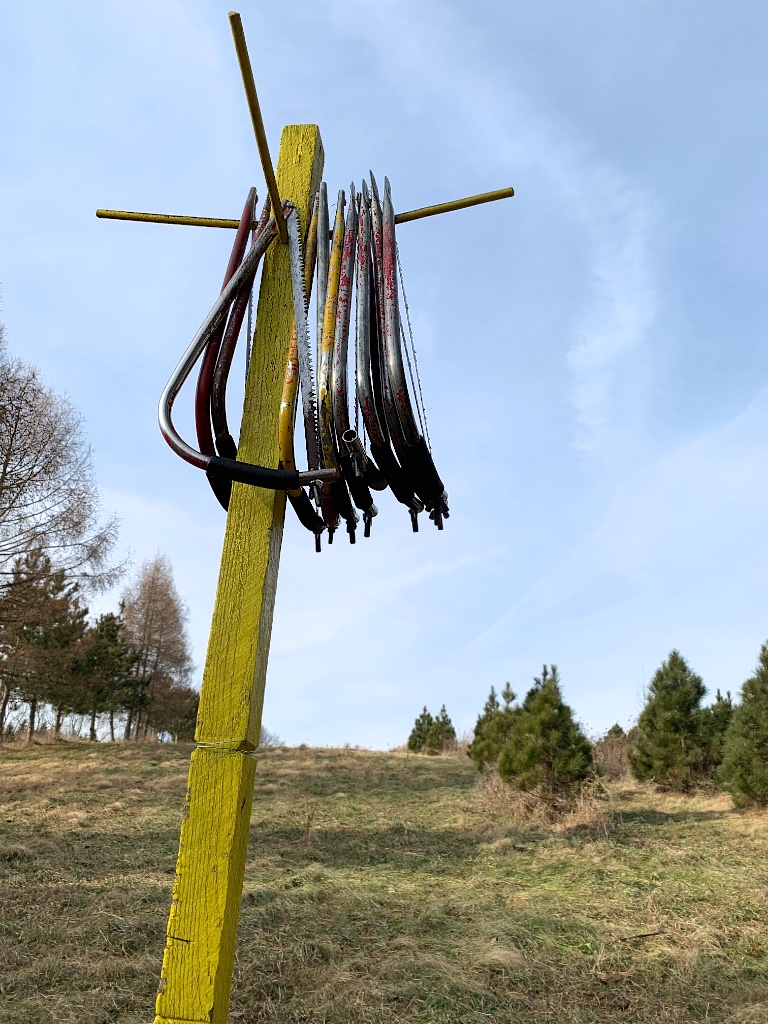
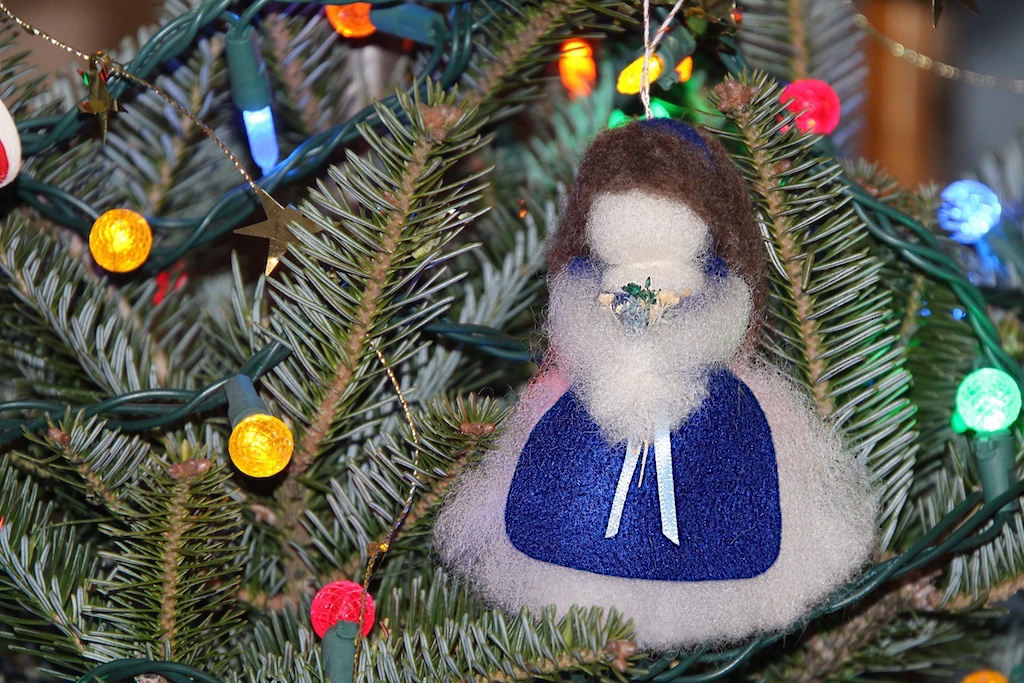
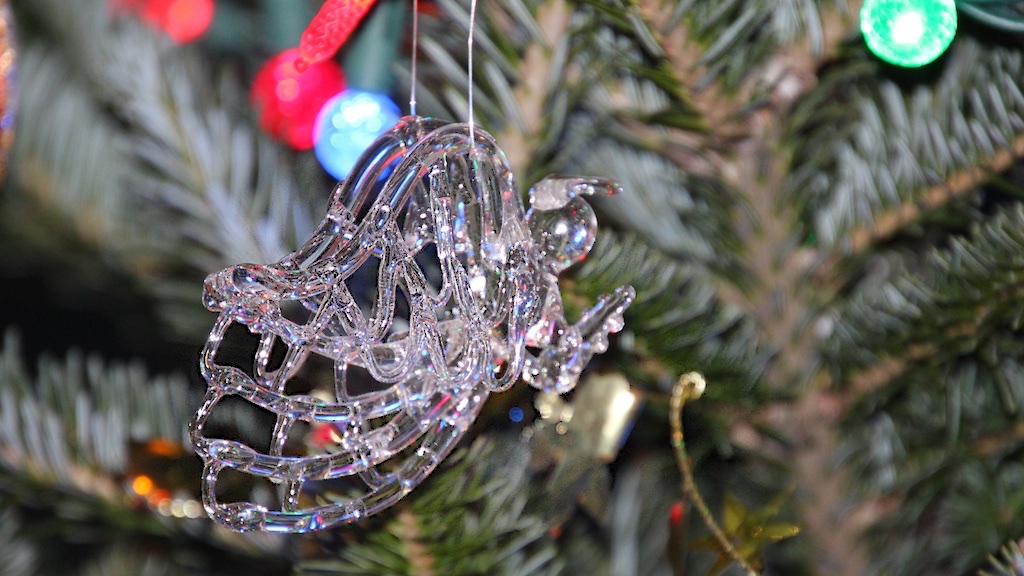



No comments: